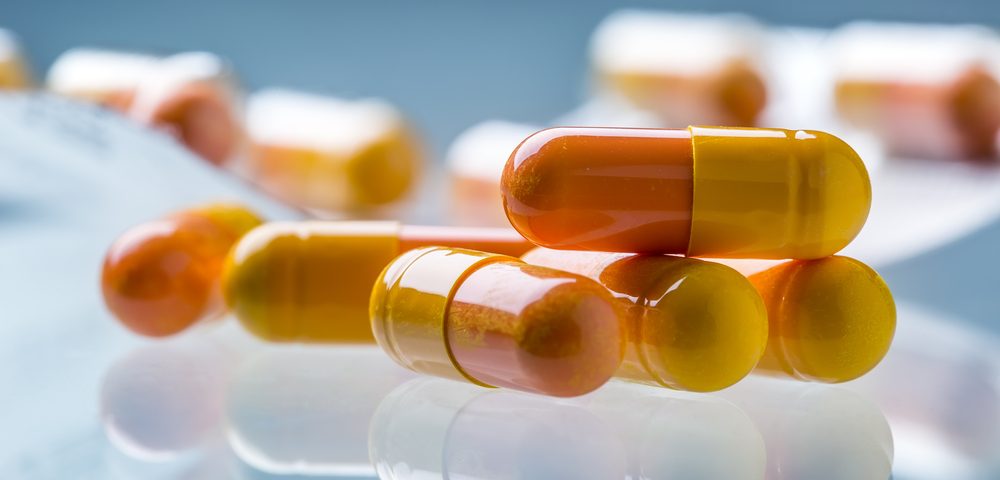Adding Zytiga (abiraterone acetate) plus prednisone to a regimen of radiotherapy and androgen deprivation therapy is effective in treating patients with high-risk prostate cancer, a Phase 2 clinical trial shows.
The combination allows researchers to lower the duration of androgen deprivation therapy (ADT), which is associated with significantly increased toxicity when used long-term.
The results were presented in an abstract titled, “Phase II trial of 6 months ADT/abiraterone acetate plus prednisone (AAP) and definitive radiotherapy (AbiRT) for men with intermediate to high risk localized prostate cancer,” at the 2018 Genitourinary Cancers Symposium, in San Francisco.
Patients with high-risk prostate cancer, known as unfavorable prostate cancer, are recommended to undergo a combination of external beam radiotherapy (RT) and ADT — a regimen that has been shown to improve survival over just RT alone.
Some recent data has suggested there may be benefits in adding Zytiga and prednisone to the RT/ADT regimen. This could then allow physicians to administer a shorter course of ADT treatment in men with aggressive, but localized, prostate cancer.
Zytiga, or abiraterone acetate, is a hormone therapy marketed by Janssen Biotech. It is already approved, in combination with prednisone, for the treatment of men with metastatic castration-resistant prostate cancer.
Researchers conducted a Phase 2 clinical trial (NCT01717053) to determine safety and efficacy of the combination regimen. Patients enrolled in the study had at least two intermediate or one high NCCN (National Comprehensive Cancer Network) risk factors and no metastatic disease.
Participants received six months of ADT. At the same time, they received 1,000 mg of Zytiga and 5 mg of prednisone daily, along with 78 Gy of external beam radiotherapy to the prostate.
The primary endpoint in the study was the amount of patients with PSA levels below 0.1 ng/ml, which would be considered “undetectable.” Secondary objectives were the time a patient went without raising his PSA levels, PSA nadir (the absolute lowest level that the PSA drops after treatment), testosterone recovery, toxicity, and patient-reported quality of life.
Among the 37 men with intermediate- to high-risk localized prostate cancer, 33 completed the course of treatment.
The regimen appeared to be well-tolerated, with 32% of patients experiencing grade 3 toxicities. These included hypertension, high glucose levels, and low potassium levels. There were no grade 4-5 toxicities observed.
One year after enrollment, 52% of men still had undetectable PSA levels.
Furthermore, recovery of testosterone levels to a healthy value occurred in 62% of patients at 12 months. Among these patients, 95% of patients remained with PSA levels under 0.5 ng/ml, and 100% remained with PSA under 1.0 ng/ml.
The one-year quality of life survey showed that the median score was above 90 for incontinence, urinary, bowel, hormonal, and satisfaction, which indicates a good quality of life — higher scores indicate better quality of live. However, the sexual summary score fell from a median of 46 to 26 in one year.
Overall, the study shows that adding Zytiga and prednisone to short-term ADT and RT in men with high-risk prostate cancer “shows 1) high rate of testosterone recovery and good quality of life and 2) excellent PSA control at 1 and 2 years,” the researchers conclude.

